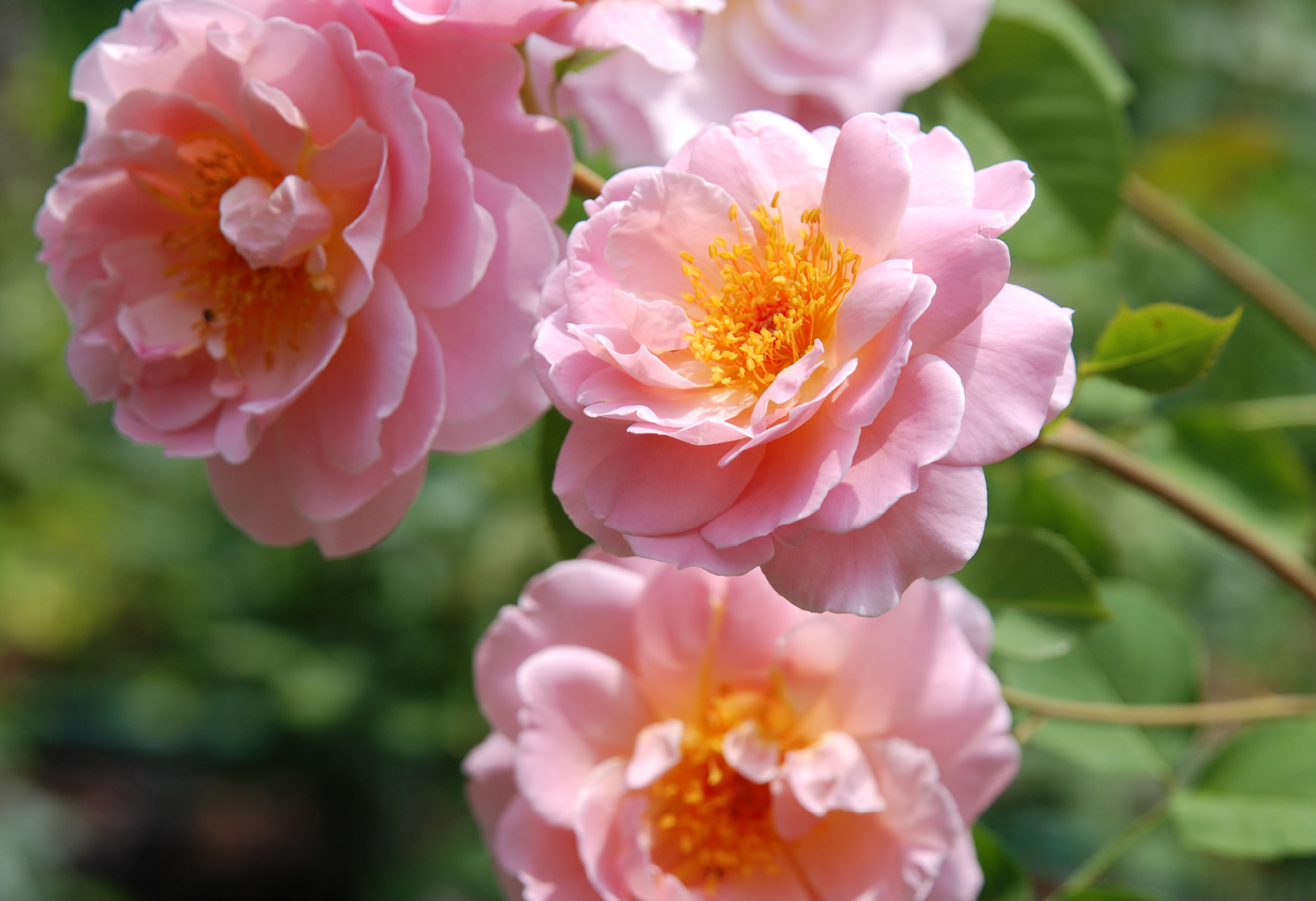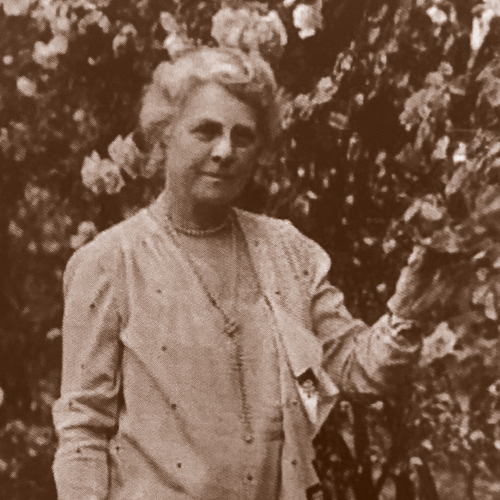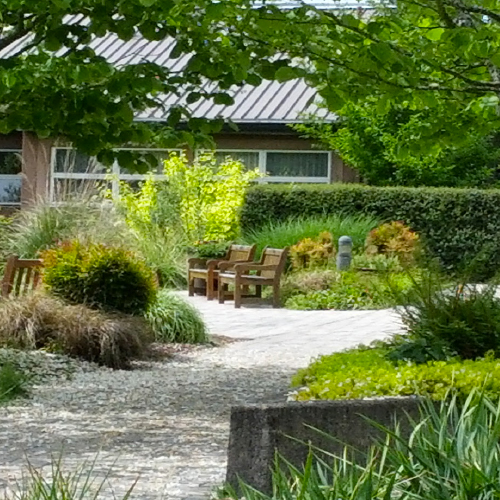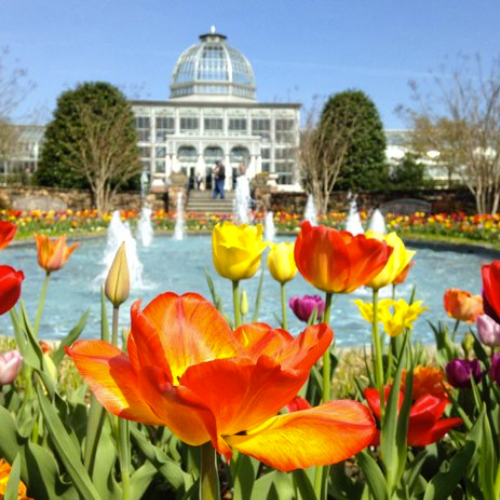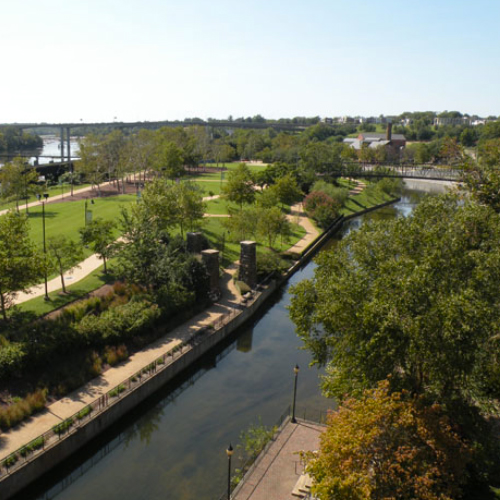1915 - 1920
Juanita Massie Patterson (Mrs. Malvern C. Patterson) founded James River Garden Club in 1915 with the mission “to promote interest in gardens, their design and management, to cooperate in the protection of wildflowers, trees and native plants, and to encourage civic planting.” By 1917, the club had adopted the Harison Rose as the club flower and the motto: “Blessed be God for Flowers”.
The World War I planting of one of the community’s first “victory gardens” and the publication of a booklet on food conservation compiled from recipes developed during former wars, with proceeds donated to the Red Cross, were proud accomplishments of the club in those early years.
Lobbying for improved roadways and their beautification was also an important effort.
